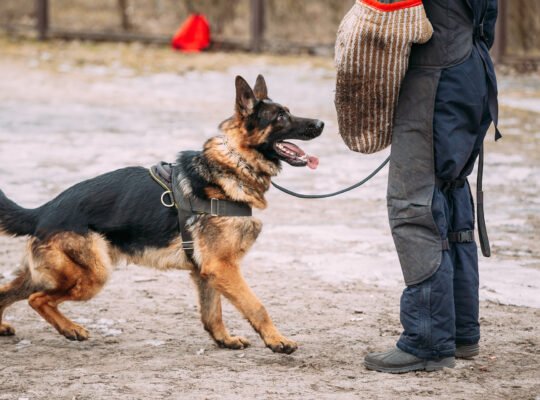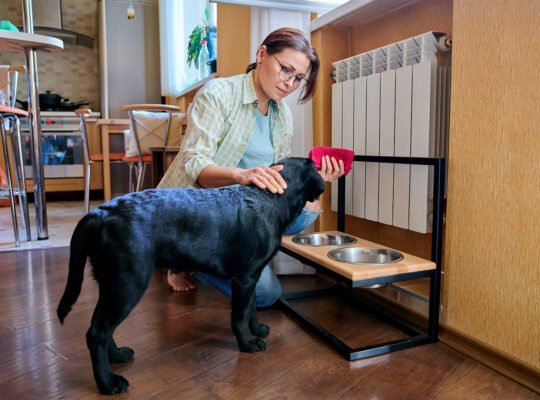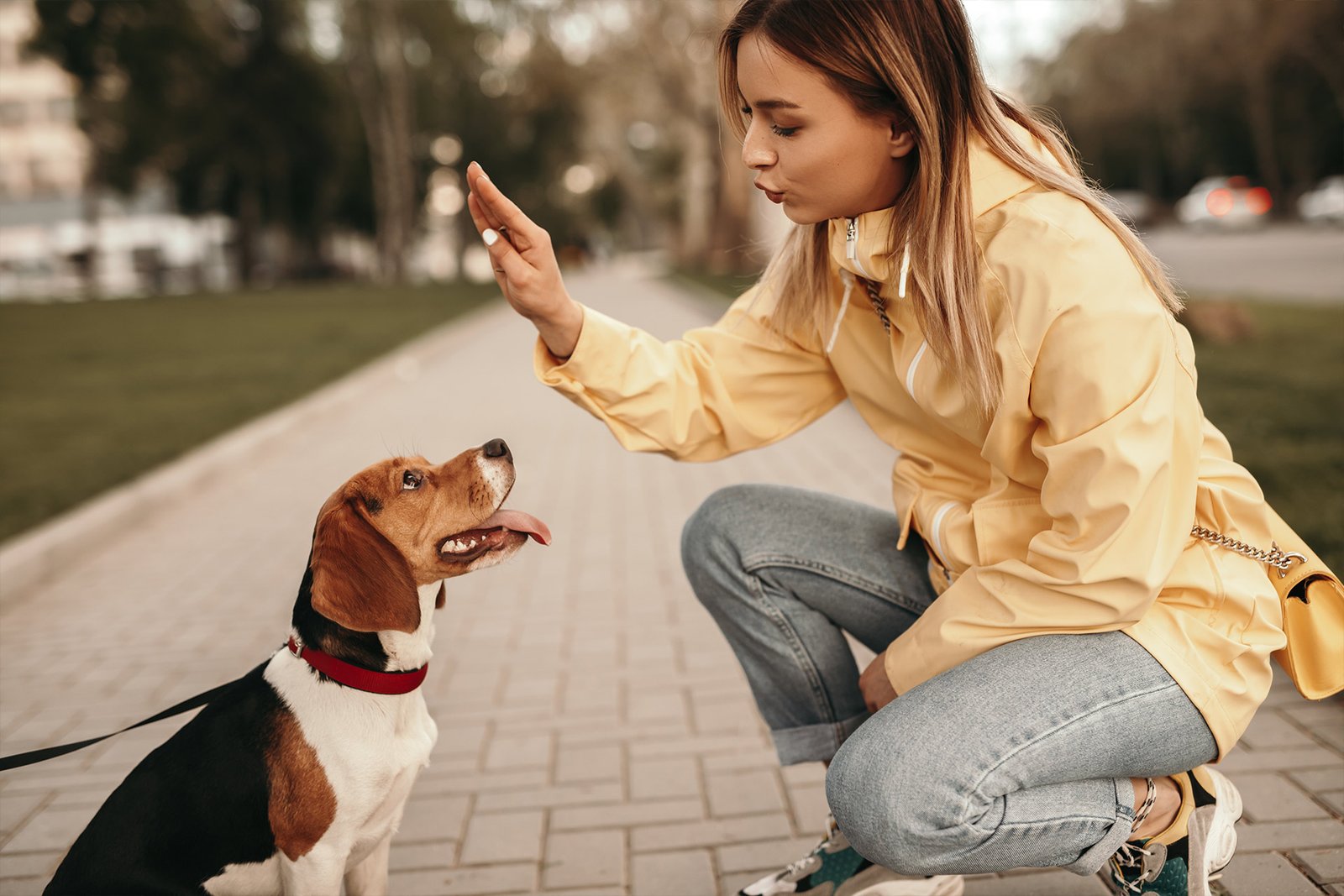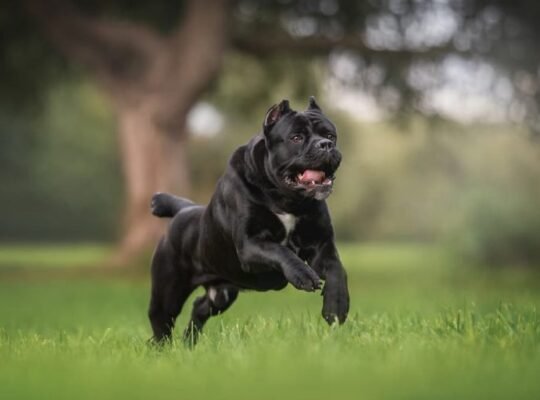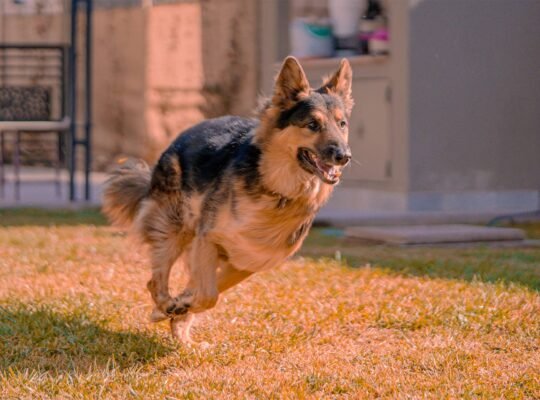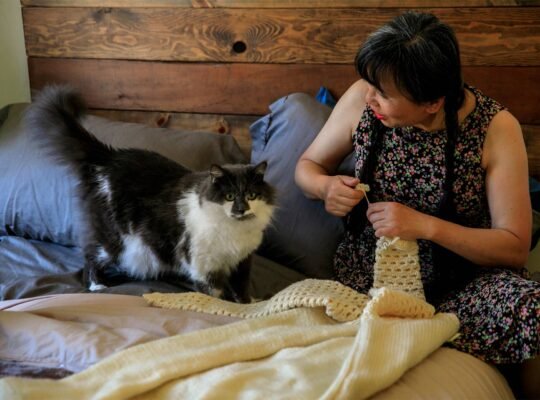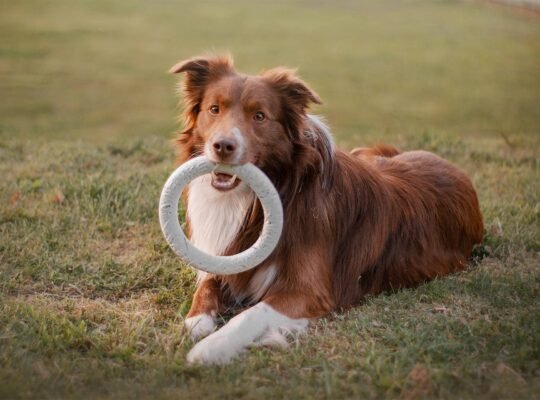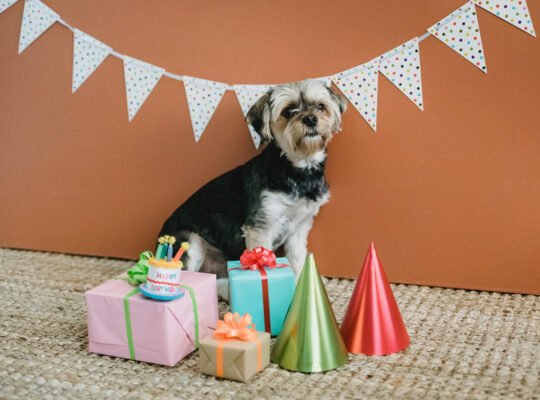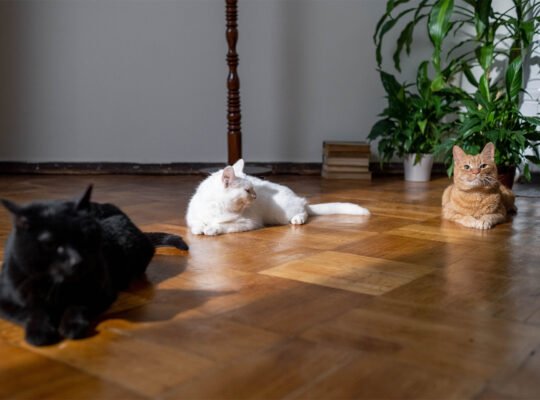Training Your Dog: A Step-by-Step Guide to Obedience and Beyond
Excerpt: Unleash the full potential of your dog through proper training using this step-by-step guide. From basic obedience commands to advanced skills, learn effective training techniques, positive reinforcement methods, and troubleshooting tips. Strengthen your bond with your canine companion and shape them into a well-behaved and well-rounded dog through the power of training.
Introduction
Training your dog is a rewarding journey that not only teaches them essential skills but also strengthens the bond between you. Whether you’re starting with a new puppy or working with an adult dog, proper training is the foundation for a well-behaved and happy canine companion.
In this comprehensive guide, we will take you through a step-by-step training process, starting from basic obedience commands and progressing to more advanced training. With effective techniques, positive reinforcement, and troubleshooting tips, you can unlock your dog’s potential and shape them into a well-rounded, obedient, and joyful member of your family.
Setting the Stage: Preparing for Training Success
- Create a Positive Learning Environment:
- Choose a quiet and distraction-free area for training sessions.
- Use treats, toys, and verbal praise as positive reinforcements to motivate and reward your dog.
- Establish Clear Communication:
- Use consistent verbal cues and hand signals for each command.
- Keep training sessions short and frequent, maintaining a positive and enthusiastic tone.
- Patience and Consistency:
- Dogs learn at their own pace, so be patient and understanding.
- Consistency is key – use the same commands and training methods consistently to avoid confusion.
Basic Obedience Training: Building a Strong Foundation
- Sit:
- Teach your dog to sit by using a treat as a lure and rewarding them when they sit.
- Gradually phase out the lure and introduce the verbal command “Sit.”
- Stay:
- Start by having your dog sit, then use the “Stay” command while taking a step back.
- Reward your dog for maintaining the stay position and gradually increase the distance and duration.
- Recall (Come):
- Begin in a controlled environment and call your dog’s name followed by the command “Come” while gently patting your legs.
- Reward your dog when they come to you, gradually increasing the distance and distractions.
Advanced Training: Taking Skills to the Next Level
- Loose Leash Walking:
- Teach your dog to walk on a loose leash by using positive reinforcement and stopping whenever they pull.
- Reward your dog for walking by your side and gradually increase the duration of loose leash walking.
- “Leave It”:
- Teach your dog the “Leave It” command by offering a treat in your closed fist and rewarding them when they ignore it.
- Gradually progress to using items of higher value and introduce the verbal command “Leave It.”
- “Drop It”:
- Start with a toy or object your dog enjoys and offer a treat in exchange for them releasing it.
- Gradually introduce the verbal command “Drop It” and practice with different objects.
Troubleshooting Tips: Overcoming Challenges
- Consistency and Reinforcement:
- Be consistent with commands and rewards to reinforce desired behaviors.
- Avoid unintentionally rewarding unwanted behaviors.
- Patience and Persistence:
- Remember that training takes time, and each dog learns at their own pace.
- Stay patient and persistent, and adapt your training methods to suit your dog’s individual needs.
- Seek Professional Help:
- If you encounter significant challenges or have specific training goals, consider consulting a professional dog trainer for guidance and support.
Frequently Asked Questions (FAQs)
Q: How long should training sessions be?
A: Training sessions should be kept short and frequent, ranging from 5 to 15 minutes, depending on your dog’s attention span and energy level.
Q: What treats should I use for training?
A: Use small, soft, and highly palatable treats that your dog finds enticing. Break them into small pieces for multiple rewards during training sessions.
Q: Can I train an older dog?
A: Yes, dogs of any age can be trained. While it may take more time and patience, consistent training techniques can be applied to older dogs with positive results.
Q: What if my dog doesn’t respond to training?
A: Assess the training methods you’re using and ensure they align with your dog’s individual needs and preferences. If challenges persist, seek guidance from a professional dog trainer.
Unlocking Your Dog’s Potential through Training
In conclusion, training your dog is a rewarding and transformative experience that strengthens your bond and enhances their behavior and obedience. By following the step-by-step training guide, creating a positive learning environment, and maintaining patience and consistency, you can shape your dog into a well-behaved and well-rounded companion.
Remember, training is an ongoing process that requires ongoing reinforcement and practice. Embrace the journey, celebrate each milestone, and enjoy the transformation of your dog into a well-trained and joyful member of your family.


